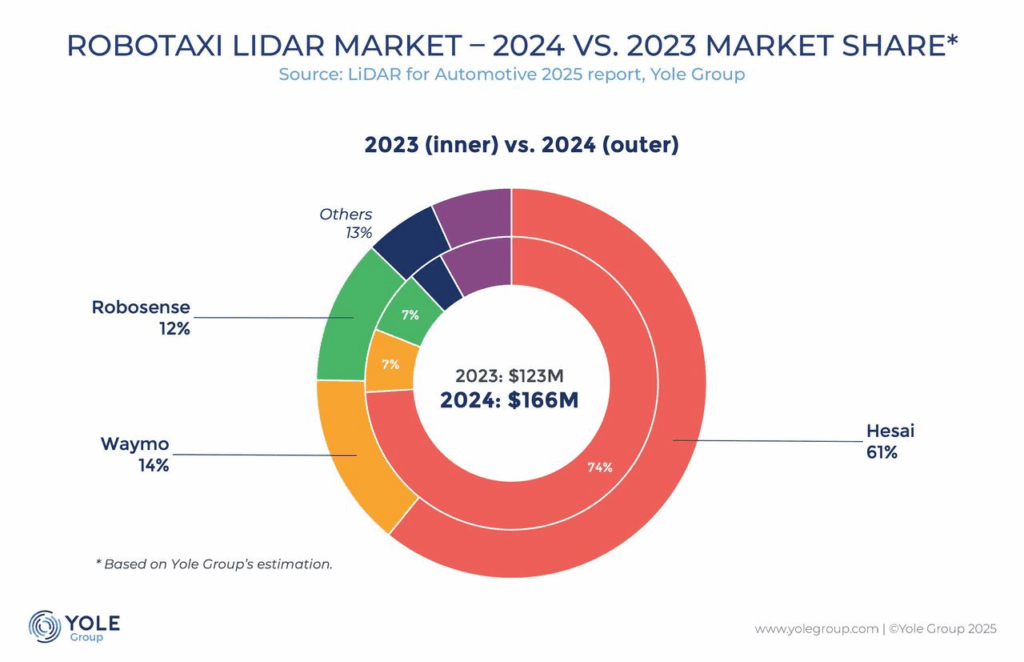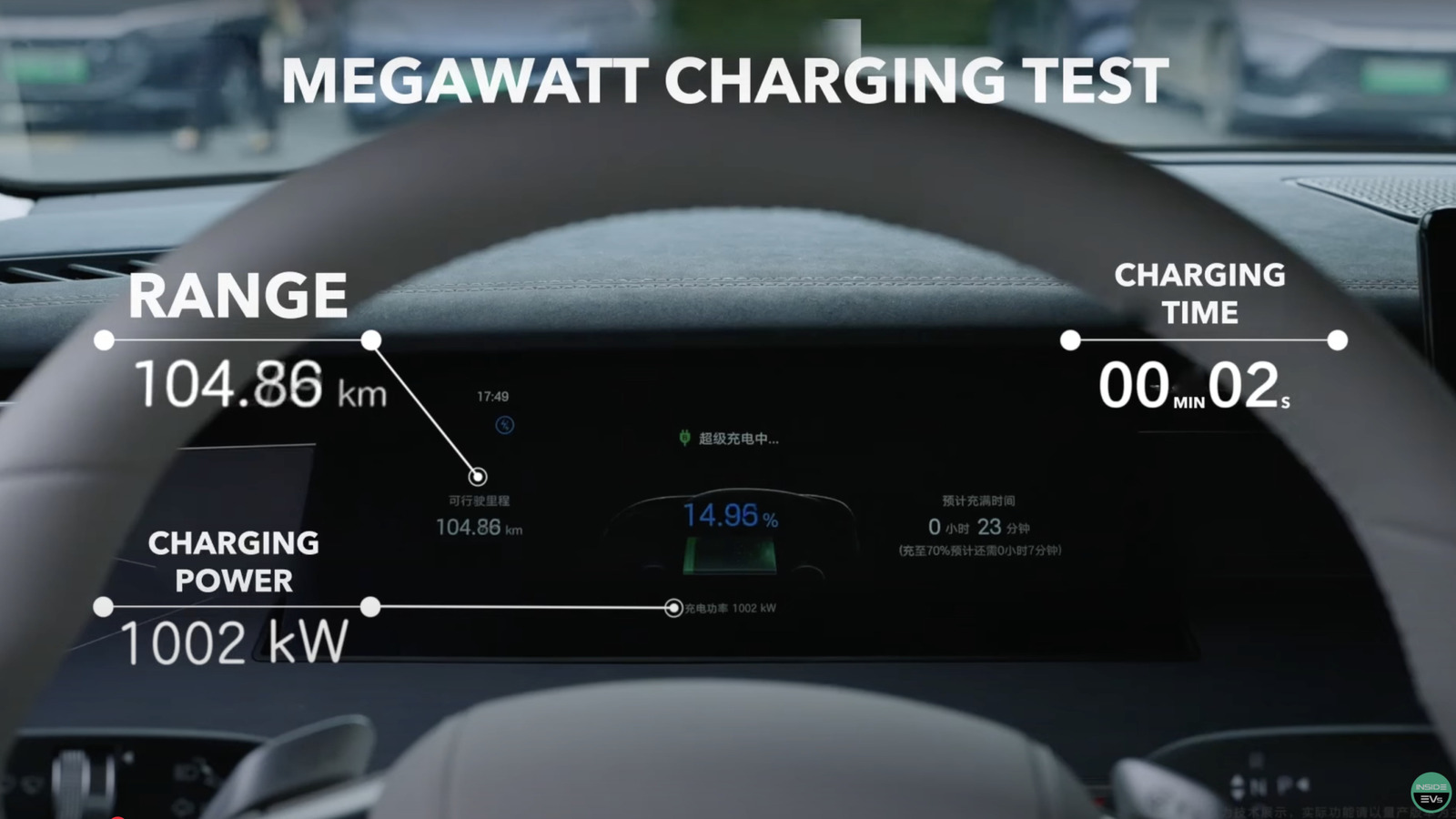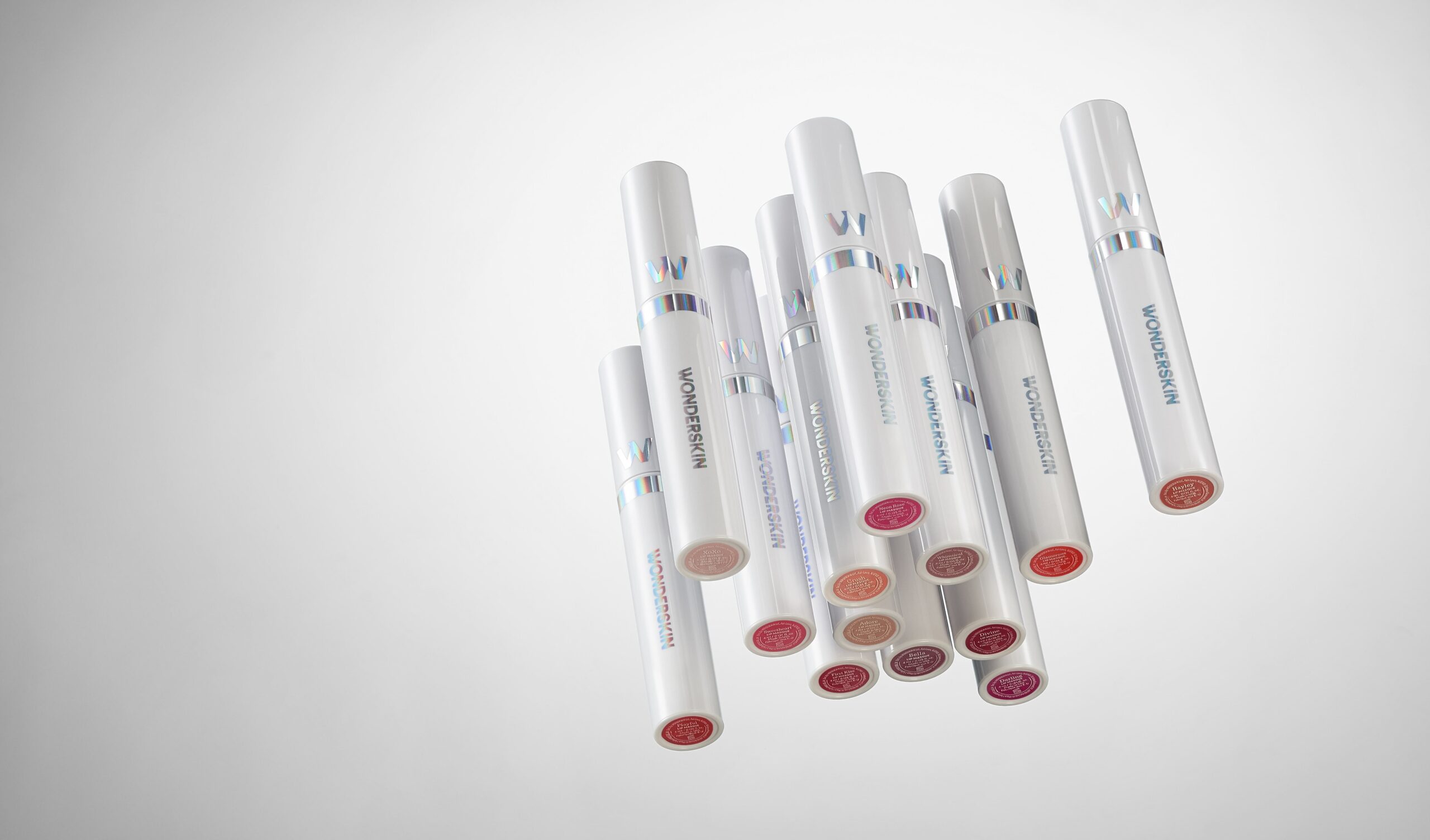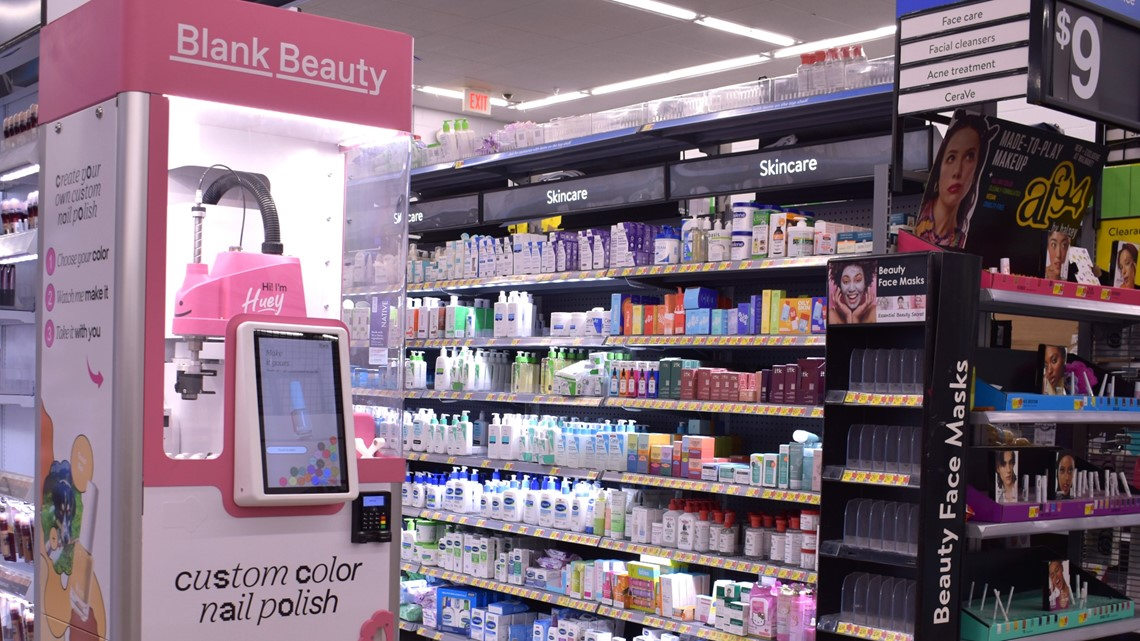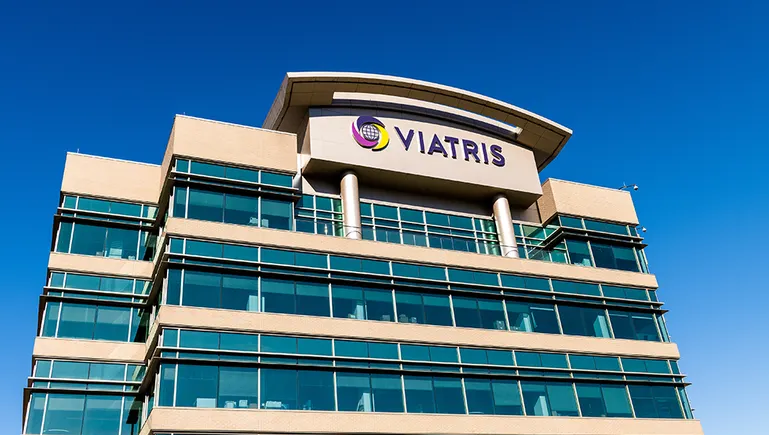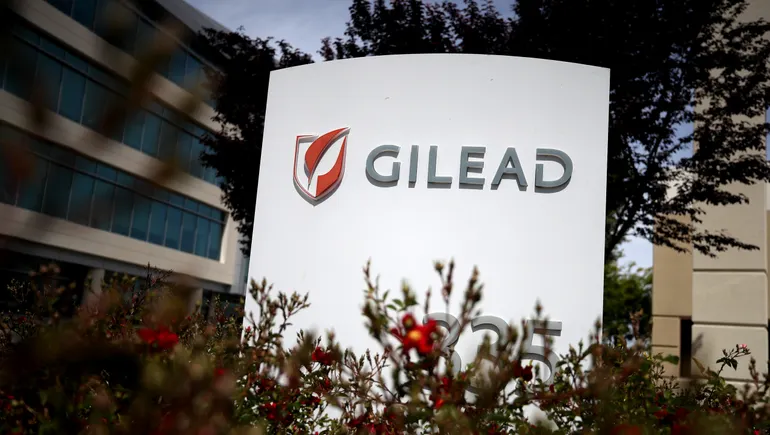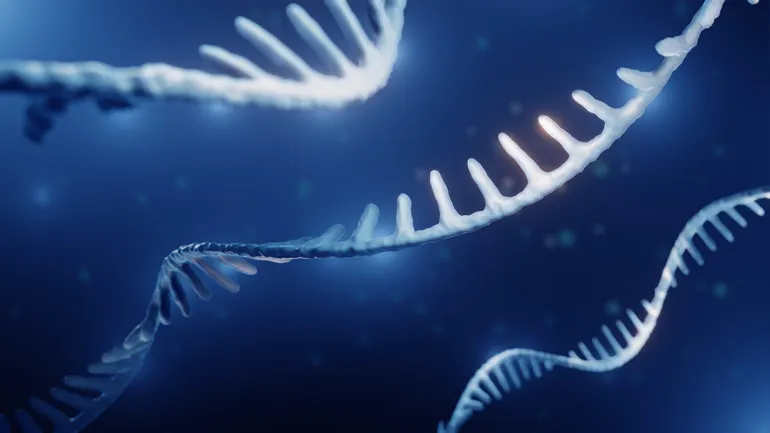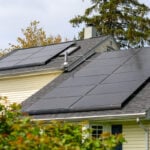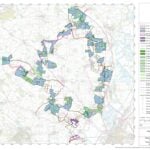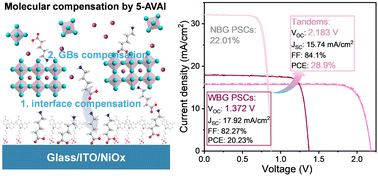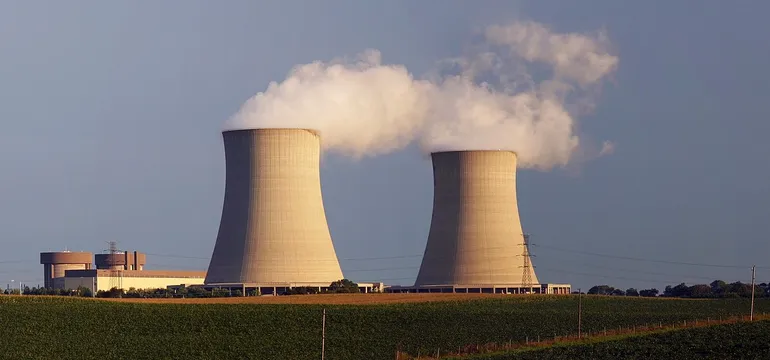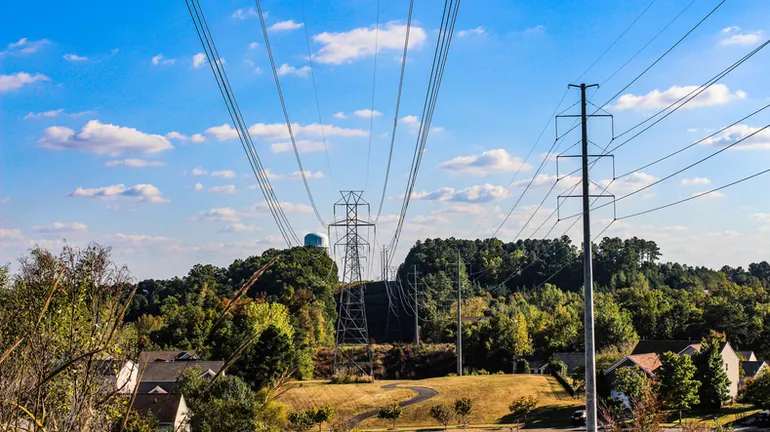Cl− Boosted Active and Stable Seawater Reduction on Pt/CoP Nanoarray Electrocatalysts
Advanced Energy Materials, Volume 15, Issue 17, May 6, 2025.

The hydrogen evolution activity of highly dispersed Pt-decorated CoP is significantly enhanced by NaCl in the simulated seawater electrolyte, reducing overpotentials to 9 and 150 mV at −10 and −1000 mA cm−2. This novel improvement, driven by Cl− adsorption-induced electron redistribution, enables an ultra-high activity seawater electrolyzer to operate at 1.75 V for 1 A cm−2.
Abstract
Hydrogen evolution in alkaline condition is kinetically unfavorable and requires active and stable electrocatalysts, not to mention the complex composition of seawater in catalytic alkaline seawater electrolysis. Herein, highly dispersed Pt on CoP nanoarray (denoted as Pt/CoP) is decorated as a hydrogen evolution electrocatalyst and further improved its activity by modulating the binding interaction between free Cl− in alkaline seawater and Pt/CoP. Compared to the blank control without Cl−, which requires an overpotential of 76 mV, this cathode exhibits an overpotential as low as 39 mV to reach −100 mA cm−2 after the addition of NaCl to the electrolyte. Characterizations and theoretical simulations demonstrate that Cl−coordinates with Pt species and strengthen the intermediates adsorption by reducing the electropositivity of the Pt sites. Furthermore, by coupling the Pt/CoP cathode with Ir/CoFe-LDH anode, whose activity can also be boosted by Cl anions, the assembled seawater electrolyzer only required 1.75 V to 1 A cm−2 and stably operate for over 100 h. This work presents a major leap in electrode development for ultra-high performance seawater electrolysis, highlighting that Cl−, which is generally considered detrimental, can be effectively harnessed.






















